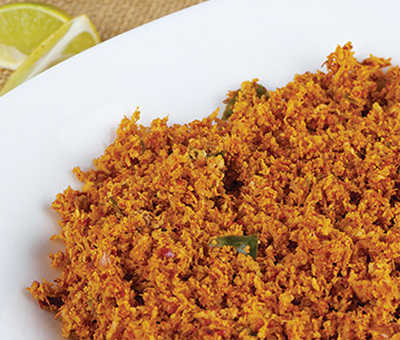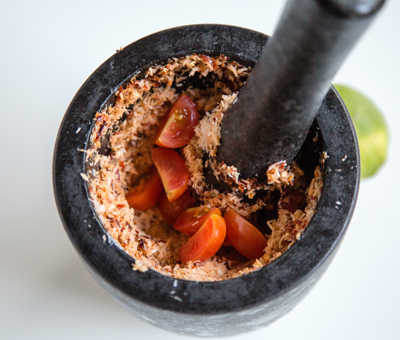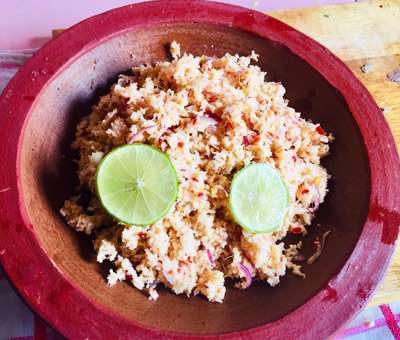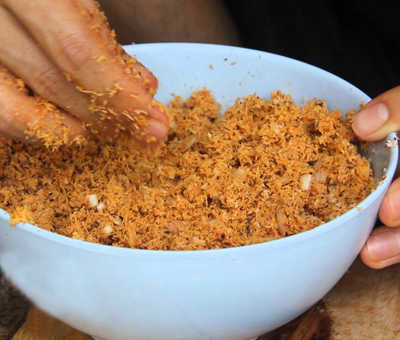The cuisine mainly consists of (steamed) rice and curry. Curry usually takes various forms and thereby brings versatility to dishes. Curries can not only be made using meat or fish but with vegetables and fruits where the dish becomes a delicacy.
Spices and coconut milk are always generally used to make the Sri Lankan cuisine. Sri Lanka Traditional Foods are generally considered to be more spicier than Indian food because of various types of chilli used. As a matter of fact Sri Lankan cuisine is considered to be among the hottest and spiciest cuisine in the world. However, tourist hotels prepare most Sri Lankan foods to favour the foreign palate since most people aren't used to very spicy food.Sri Lankan Foods
Sri Lankan Foods
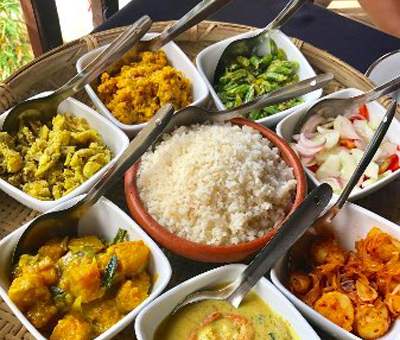
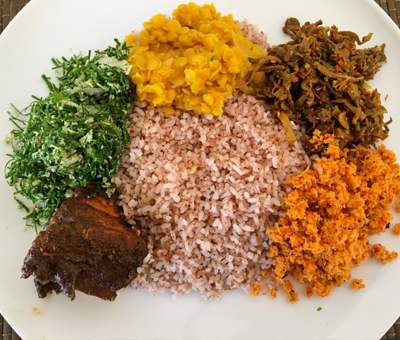

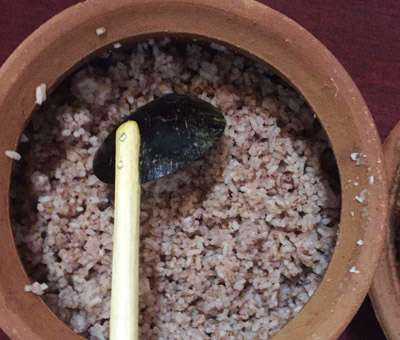
Another famous rice dish is Milk Rice, which is generally made during special occasions such as auspicious days, birthdays, weddings,etc. It is eaten with an accompaniment of a chilli paste and sometimes dried up fish curry.
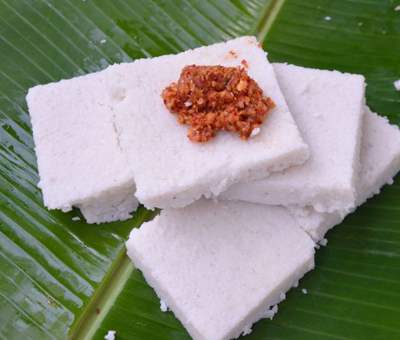
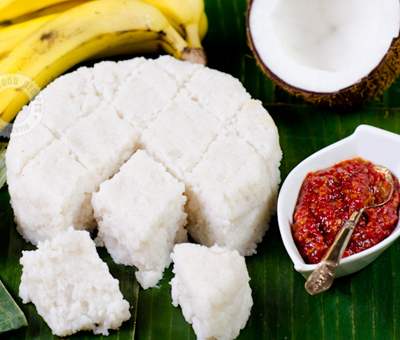
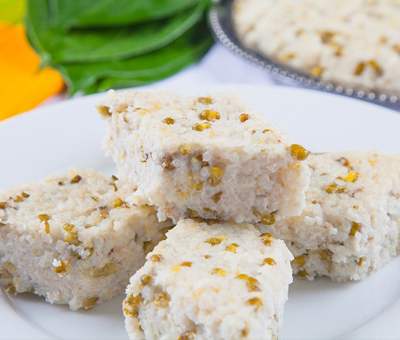
String hoppers are made by pressing a rice batter flour into little bundles of noodles then steamed. These are great for breakfast dunked in some curry.String hoppers are also served with a sweet'n'salty dry coconut sambal. They can be made from white or red rice.



The non-rice-based starches that you’ll see in Sri Lankan food tend to be the dishes that come from Indian neighbors: dosa (sometimes spelled thosai) and gambota roti (like a Southeast Asian roti, a flaky, layered pancake). There’s also a uniquely Sri Lankan version of roti, made with coconut flour. It forms a thick disk, and can be found at breakfast and throughout the day as a “short eat” at roadside stands, where a generous dollop of chili sauce makes it a sustaining snack.
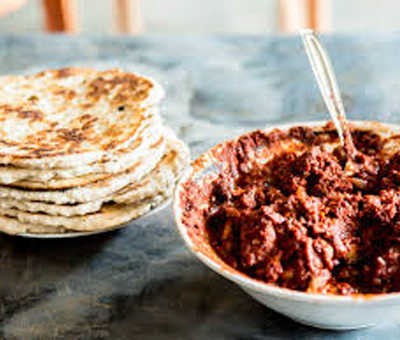

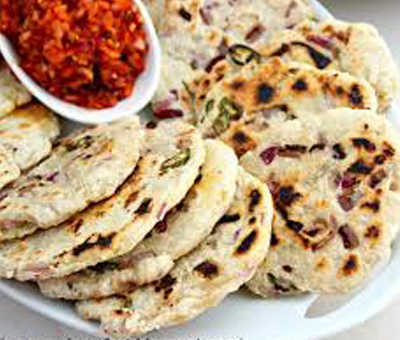
In Sri Lanka, pol sambol is used as a garnish or as a side dish for a number of staple dishes, including rice and curry, pol roti (coconut roti), paratha, or string hoppers. It is even sometimes just spread over slices of bread that can be buttered.
There are various condiments that are fairly similar to pol sambol. Lunu miris, for example, is a pol sambol, with no coconut. Katta sambol is typically made with the same ingredients without the red onion or coconut. Thenga chammanthi from Kerala, in the south of India, is also similar. However, it is served as a ball and also includes tamarind and ginger.
Pol sambol is traditionally prepared with Maldive fish (umbalakaḍa), a smoked and cured tuna, that is sold in chips or flakes. The same ingredient that is used in other Sri Lankan dishes, including kiri hodi or seeni sambol for example. However, some vegan-friendly versions of pol sambol often omit this ingredient, which is mostly used to add an umami layer to the condiment.
